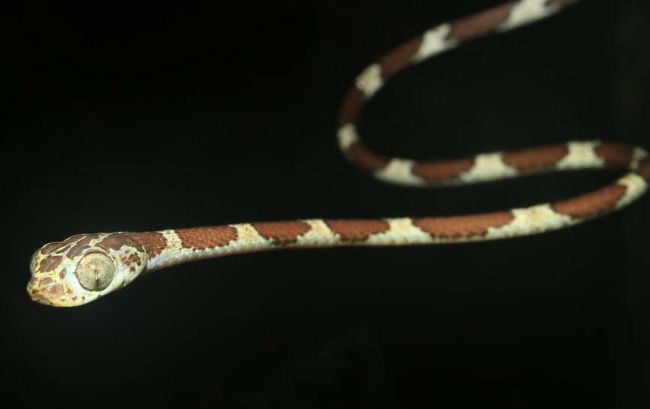The curious case of the disappearing snakes
The loss of any species is devastating, but the decline or extinction of one species can easily trigger an avalanche within an ecosystem, wiping out many other species in the process. A new study by Michigan State University (MSU) and the University of Maryland should sound alarm bells regarding the current biodiversity crisis for this reason.

The rather bizarre blunt-headed tree snake (lmantodes cenchoa) is a small and thin species occurring in parts of Panama which regularly preys on frogs.
The importance of data
When biodiversity losses have cascading effects of this type within a region, they can result in the extinction of many ‘data-deficient species’ - animals that have eluded scientific study or haven’t been researched well-enough to understand the challenges that they face and how best to conserve them. “Some species that are rare or hard to detect may be declining so quickly that we might not ever know that we’re losing them,” explains Elise Zipkin, an integrative biologist from MSU. “In fact, our study is less about snakes and more about the general loss of biodiversity and its consequences.”